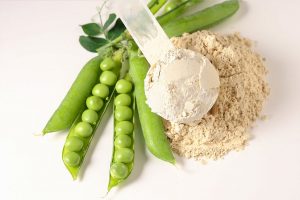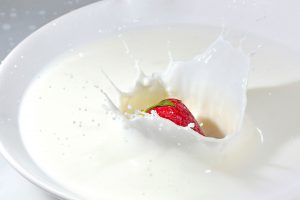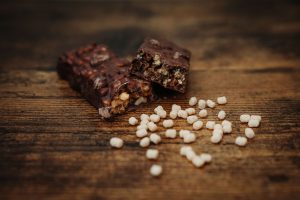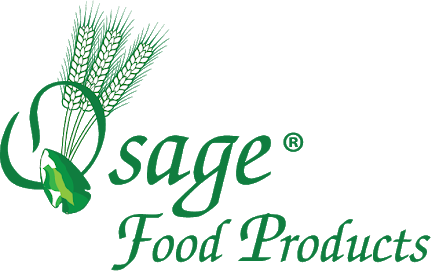Over recent years, consumers have developed a keen interest in the type of food they eat. The COVID-19 pandemic certainly heightened people’s desire to eat more nutritious food packed with immunity-boosting ingredients that helped them manage their health and well-being.
Dairy continues to be hailed as one of the compact nutrient powerhouses due to the prebiotics and protein it provides to food producers. Whey protein that comes from dairy can be used in virtually any food or beverage application.
Consumers can also feel good about dairy for another critical reason: the dairy industry’s methods to produce prebiotics and protein have minimal impact on the environment, satisfying the public demand to support sustainable practices. It is estimated that dairy farming contributes less than 2% of the total global greenhouse emissions.
There is a drive to push that number down even further, not only by consumers but by the dairy industry itself. However, to achieve success, there must be collaboration across the whole supply chain. It all starts right at the beginning at the dairy farm.
Using Cow Waste As Alternate Power Sources
Increasing sustainability at the farm level doesn’t just involve one significant change but rather a series of small changes that will add up to making a substantial impact in dairy’s pursuit of optimizing its practices to reduce its carbon footprint.
One of the most innovative ways to help reduce the dairy farm’s impact on the environment is to convert cow waste into an energy source that can be used to power the farm. It has been estimated that if farmers are able to reduce their electrical consumption by half, there could be a reduction of up to 3% of the carbon footprint per kg of milk received.
More energy savings can be achieved by augmenting alternate power with other clean, renewable energy sources such as wind or solar.
Farmers can also use the converted cow waste into energy that will provide electricity to local communities. This practice will reduce the region’s overall carbon footprint and give the farmer an additional source of revenue.
Using Data To Identify Improvement Areas In Dairy Production
Dairy cooperatives can help farmers innovate by assisting them in monitoring biodiversity data on the farm. By tracking soil nitrogen balance, ammonia emissions, gas emissions, and more, farmers can make informed decisions on where they can make improvements.
Data can also help farmers better understand the effect of feed rations on methane and milk production, how changes in diet and manure processing affect manure’s nutrient levels, and the impact of waste on greenhouse gas emissions and crop production. This data helps dairy farms identify where emissions are most significant in the production life cycle, helping farmers optimize their operations where necessary.
Read More : Supporting Sustainability Efforts In Dairy
Optimizing Transportation From Farm To Factory
Improving how dairy products are transported also plays a significant role in the dairy industry’s impact on the environment. One practical change that can be implemented is replacing traditional fuel sources with sustainable sources such as bio-liquified natural gas.
Enhanced driver training on operating heavy vehicles to improve fuel efficiency can also help cut down the effect transportation has on the environment. Also, discovering innovative ways to reduce the weight of the truck can make a difference.
These are all relatively small steps that can add up to a more sustainable industry and reduced carbon footprint in the long run.
Read More : Solving The Food Industry’s Supply Chain Pain
Completing The Circle In The Dairy Market
The increase in demand for dairy protein and prebiotics is part of the circular pattern in sustainability. The consumer creating the need for a healthy and sustainable product is both the beginning and the end of the cycle. This circular process results in preserving the quality and nutritional value of dairy products and how the products are produced and delivered in ways that are good for the Earth.
Manufacturers and retailers will endeavour to provide what customers want. However, it is ultimately up to the consumer to create the change they want to see in their products, including what they eat. Thanks to the Internet and social media platforms, today’s consumers are more educated and informed than ever before, empowering them to continue being the real drivers of innovation, bringing about new cultures and attitudes towards food production in the process.
With every new market evolution, dairy farmers, dairy cooperatives, and other players in the supply chain will be ready to react with new technology that will keep dairy a top choice for consumers.




